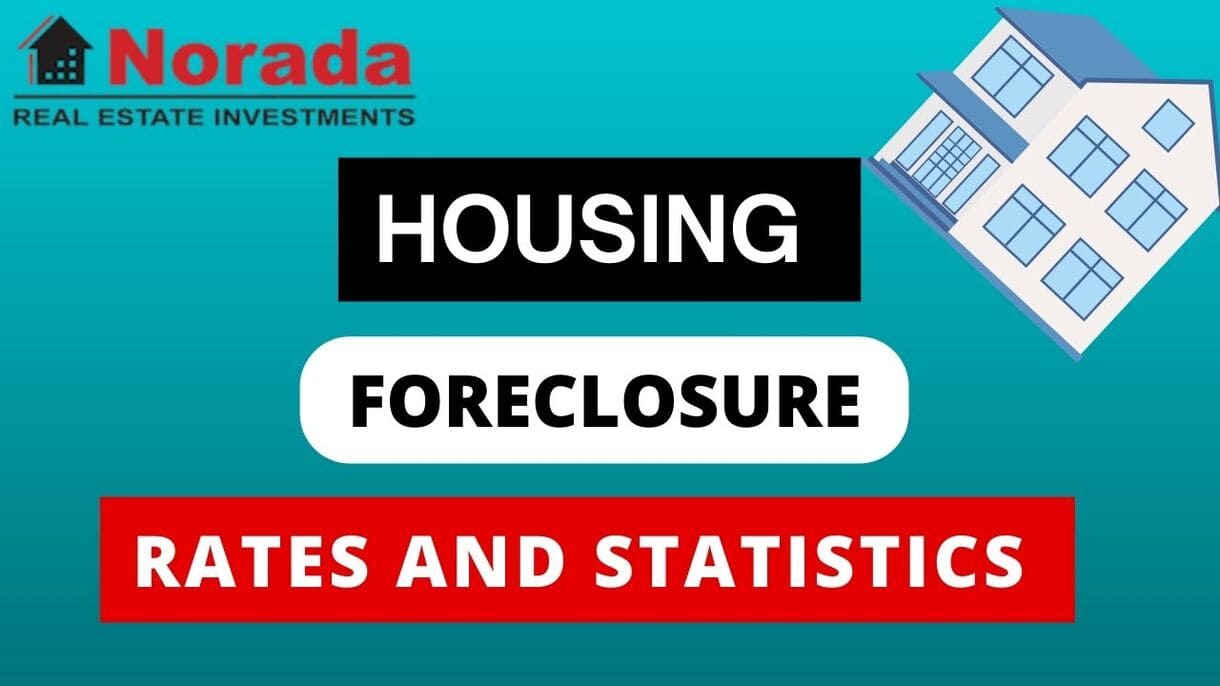If you're trying to buy a house or are thinking about selling your current one, you're probably wondering, “What are the current housing market trends in 2025?” Well, to put it simply, it's a bit of a mixed bag right now, but that doesn't mean there aren't opportunities. While overall existing-home sales saw a tiny dip in August compared to the month before, year-over-year numbers are actually showing a slight increase in sales and a bump in prices. It’s not exactly a wild party of transactions, but things are definitely moving.
Housing Market Trends 2025: Sales, Prices, and Supply Analysis
The housing market in 2025 isn't following one single, easy-to-predict path. Instead, it feels like a collection of different stories unfolding in different towns and cities. We're seeing some real shifts driven by economic factors, buyer behavior, and even just the sheer desire for a place to call home. Let's dive a little deeper into what the numbers are telling us and what it might mean for you.
The Big Picture: Sales and Prices in August
The National Association of REALTORS® (NAR) recently released its Existing-Home Sales Report for August 2025, and it’s a key source of information for anyone involved in the housing market. According to this report, existing-home sales came in at a seasonally adjusted annual rate of 4.0 million units. This represents a 0.2% decrease from July. Now, on its own, that might sound a little disappointing. However, when we look back at August of the previous year (2024), sales are actually up by 1.8%. This tells me that while there might be some monthly fluctuations, the underlying demand for homes is holding steady, and even growing a bit over the longer term.
What about prices? That’s always a big question, isn't it? The median existing-home price for all housing types in August 2025 stood at $422,600. This is a 2.0% jump from the same time last year. What's really interesting here is that this marks the 26th consecutive month of year-over-year price increases. This consistent climb in prices indicates that, despite any immediate slowdowns, homes are generally continuing to gain value.
Inventory: The Ever-Present Challenge
One of the biggest storylines in the housing market over the past few years, and continuing into 2025, is the issue of inventory. There just aren't enough homes for sale to meet the demand. In August 2025, the total housing inventory was 1.53 million units. While this is actually up by 11.7% from August 2024 (which was 1.37 million units), it's down by 1.3% from July 2025.
This constant tug-of-war with inventory is creating a situation where homes are often snapped up quickly when they do become available. We have a 4.6-month supply of unsold inventory, which hasn't changed from July. To put that in context, a balanced market is generally considered to have about 5-6 months of supply. So, we're still operating in a seller's market, meaning sellers generally have an advantage because there are more buyers than available homes.
This lack of supply is a significant reason why prices have been steadily increasing and why some buyers might feel frustrated. As NAR Chief Economist Lawrence Yun pointed out, “Home sales have been sluggish over the past few years due to elevated mortgage rates and limited inventory. However, mortgage rates are declining and more inventory is coming to the market, which should boost sales in the coming months.” This outlook is something I’m watching closely.
Regional Differences: Not All Markets are the Same
It’s crucial to remember that the housing market isn't like a single giant entity. It's made up of countless local markets, and they all have their own unique conditions. The NAR report breaks this down nicely:
- Northeast: This region saw a 4.0% decrease in sales month-over-month. Year-over-year, sales are down by 2.0%. However, prices here are still climbing, with the median price up 6.2% from August 2024 to $534,200. This suggests sellers might be holding firm on prices even with fewer transactions.
- Midwest: This region is showing some strength. Sales increased by 2.1% month-over-month and are up 3.2% year-over-year. The median price here is $330,500, an increase of 4.5% from last year. Lawrence Yun highlighted the Midwest as the best-performing region, largely due to its affordability. This is a key insight: when affordability becomes an issue elsewhere, buyers often look to more budget-friendly areas.
- South: The South experienced a 1.1% decrease in sales month-over-month, but year-over-year sales are up by 3.4%. The median price is at $364,100, a modest but still positive increase of 0.4%.
- West: The West saw a bit of a mixed bag, with a 1.4% increase in sales month-over-month. However, year-over-year sales are down by 1.4%. Prices here are the highest on average, with a median of $624,300, up 0.6% from last year. The higher price points in the West can make transactions more sensitive to interest rate changes.
This regional breakdown is so important for buyers and sellers. What's happening in Chicago is going to be very different from what's happening in Phoenix. It pays to zoom in on your specific local market.
Who's Buying and How Are They Paying?
Let's talk about the people making these purchases. The NAR report also gives us a look at buyer demographics and how they're financing their homes:
- First-Time Homebuyers: 28% of sales were to first-time homebuyers. This number has been stable, unchanged from July and only slightly up from 26% in August 2024. This indicates that while they are still a significant force, it's not a surge that's entirely changing the market dynamics. For many first-time buyers, the biggest hurdles remain saving for a down payment and qualifying for a mortgage in a competitive market.
- Cash Sales: 28% of transactions were cash sales. This is down a bit from 31% last month but up from 26% in August 2024. Cash buyers often have an advantage because they don't need financing, which can speed up the closing process and make their offers more attractive to sellers, especially in competitive situations.
- Individual Investors and Second-Home Buyers: These buyers accounted for 21% of transactions, a slight increase from 20% last month and 19% last year. This group can significantly impact demand, particularly in certain neighborhoods or for specific types of properties.
- Distressed Sales: 2% of sales were distressed properties (foreclosures and short sales), which is unchanged from July and only slightly up from 1% last year. This low number suggests that widespread distressed selling is not a major factor in the current market, which is generally a good sign for market stability.
Mortgage Rates: A Guiding Star
The cost of borrowing money, or mortgage rates, is arguably one of the most influential factors in the housing market. In August 2025, the average 30-year fixed-rate mortgage was 6.59%. This is down from 6.72% in July but slightly higher than 6.50% a year ago, according to Freddie Mac.
This slight decrease in rates from July is something to pay attention to. Lower mortgage rates can make monthly payments more affordable, which in turn can boost buyer demand and give more people the ability to purchase a home. While rates haven't dropped dramatically, any movement in the right direction can have a noticeable impact, especially when combined with improving inventory. As interest rates continue to fluctuate, buyers will need to stay informed and be ready to act when favorable options arise.
What This Means for You: Navigating the 2025 Housing Market
So, looking at all this data, what's the takeaway for us?
- For Buyers: Patience and preparation are still key. While inventory is slowly increasing and mortgage rates have eased somewhat, it's still a competitive environment, especially in desirable areas. Get pre-approved for a mortgage so you know exactly what you can afford. Be ready to act quickly when you find a home you love, but don't settle for something that isn't right. Consider exploring those more affordable Midwest markets if your budget is a primary concern.
- For Sellers: If you're thinking of selling, now is a good time to consider it, especially if you have a desirable property in an area with high demand. Homes continue to appreciate, and with limited inventory, buyers are often willing to pay a premium. Make sure your home is staged and presented in the best possible light. A good real estate agent can help you price your home competitively and attract the right buyers.
- For the Market Ahead: The trend seems to be pointing towards continued, steady growth rather than a boom or bust. As more inventory comes online and mortgage rates potentially stabilize or decrease further, we could see an uptick in sales activity. The affordability gap, particularly between regions, will likely remain a significant factor driving buyer decisions. Economic stability and inflation control will also play a crucial role in how the market shapes up in the latter half of 2025 and beyond.
From my perspective, the housing market in 2025 is characterized by a persistent demand, slowly recovering inventory, regional variations, and the ever-important influence of mortgage rates. It’s a market that rewards informed and prepared participants, whether they're looking to buy their first home or sell a long-held property. It's not a time for panic or for complacency, but rather for careful observation and strategic decision-making.
Recommended Read:
- Housing Market Predictions for 2025 by Bank of America
- Housing Market Predictions for the Next 4 Years: 2025 to 2028
- Housing Market Forecast for the Next 2 Years: 2024-2026
- Housing Market Forecast Shows Affordability Crisis to Continue in 2025
- Housing Market Predictions for Next Year: Prices to Rise by 4.4%
- Real Estate Forecast Next 5 Years: Top 5 Predictions for Future
- Is the Housing Market on the Brink: Crash or Boom?
- Real Estate Forecast Next 10 Years: Will Prices Skyrocket?
- Housing Market Predictions for Next 5 Years (2024-2028)





